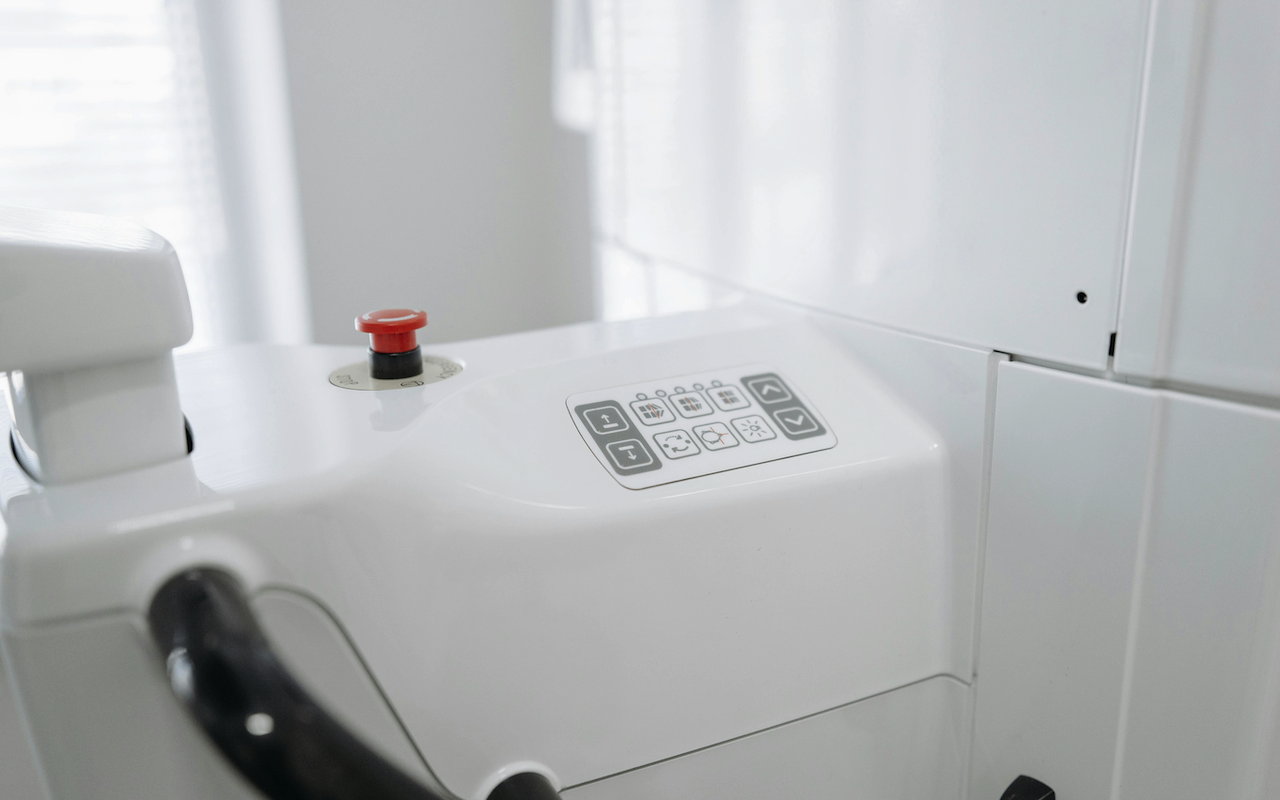
Artificial intelligence (AI) is transforming the way individuals produce, edit, and share content on various platforms. Writers, marketers, and businesses can use AI tools to complete tasks that previously took hours, including writing blog posts, editing grammar, or generating ideas. This technology is faster and more efficient at work, but it also introduces new challenges. AI has the potential to enhance creativity, personalization, and reach, but it can also cause issues when used inappropriately. Here, we will examine in simple terms how AI can assist content creators, how it can negatively affect quality, and how to use it with wisdom to achieve the best outcomes.
[..]
Read more...










